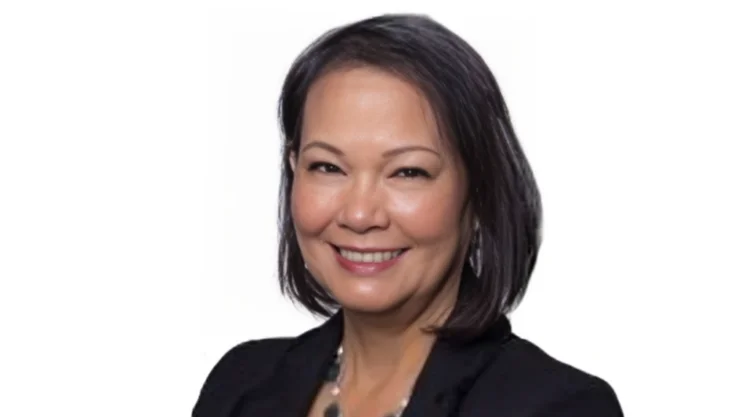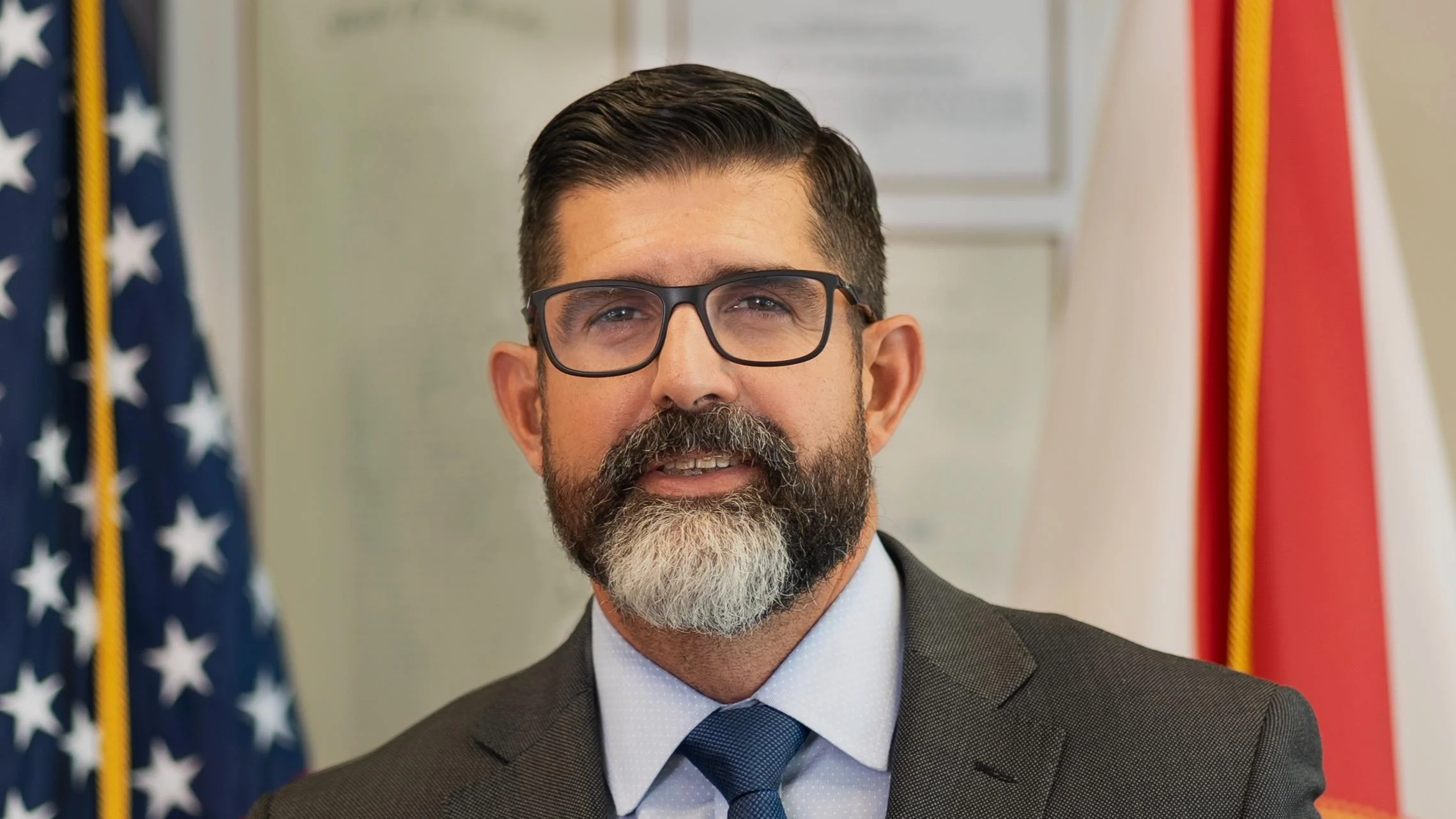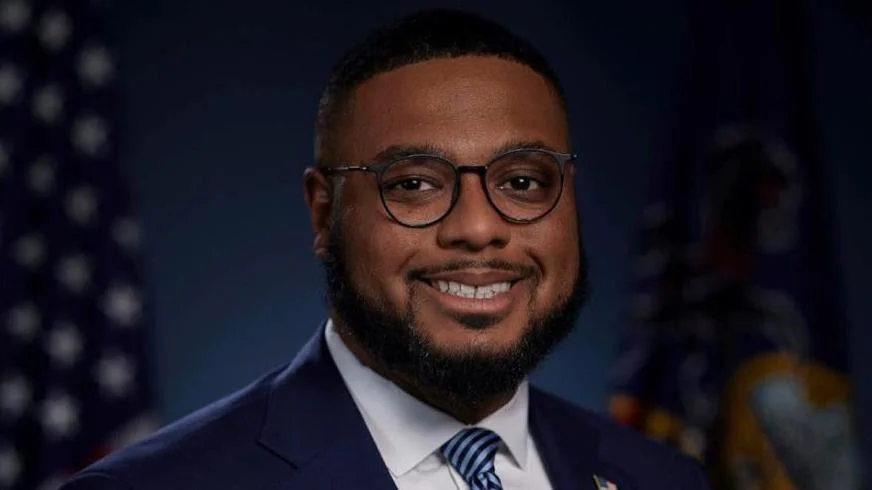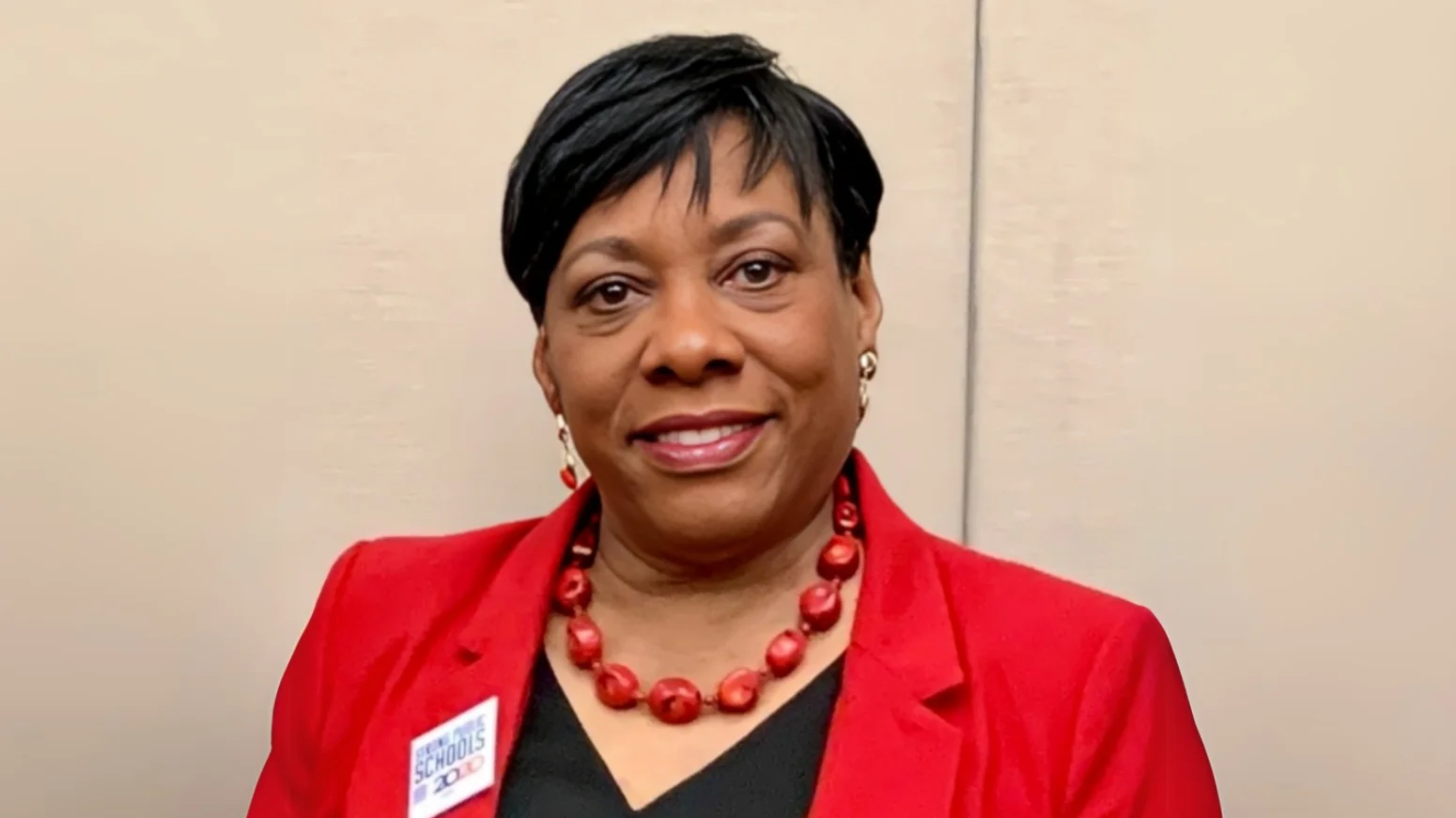
Jennifer Coco, interim executive director at the Center for Learner Equity | Official Website
Roughly one in seven children in public schools has an identified disability, according to a recent analysis. Both traditional public and charter schools are reportedly lagging in providing equal opportunities for these students.
The Center for Learning Equity's sixth annual review of federal civil rights data highlights that students with disabilities face higher rates of exclusionary discipline and have lower access to college preparation resources. The analysis indicates that progress made toward equity during the pandemic largely receded in the following school year.
Jennifer Coco, interim executive director at the Center for Learner Equity, stated, “Over the years we've broadened it to really look more holistically at what the Civil Rights Data Collection shows us about the identity, traits and different intersectionalities of students with disabilities.”
Data from the 2021-22 school year reveals that approximately 14% of students in traditional public schools and nearly 12% in charter schools were recorded as having a disability. Specific learning disabilities such as dyslexia, dysgraphia, and dyscalculia are among the most common.
Students with disabilities were found to be twice as likely to be arrested or suspended compared to their non-disabled peers during this period. Despite some reduction since 2017-18, these rates remain concerning when compared to their lowest points during the pandemic's first year.
Researchers expressed concern over these practices threatening access and opportunities for many American students. Students with disabilities also faced higher instances of out-of-school suspension, restraint, arrest, and seclusion.
Coco noted significant investment aimed at reducing exclusionary discipline but pointed out challenges due to staff shortages. She explained that without proper resources, educators might resort to removing disruptive students rather than providing necessary support.
Laurie VanderPloeg from the Council for Exceptional Children suggested unconscious bias and lack of cultural training contribute to skewed disciplinary actions against disabled students. She emphasized understanding cultural differences between students is crucial.
The report also highlights limited access to college preparation programs for high schoolers with disabilities. Coco remarked on this issue saying, “This is another area where I think that the data should be ringing real alarm bells for us.”
Non-disabled students were significantly more likely to enroll in Advanced Placement classes and other college preparatory courses compared to their disabled peers. Scheduling conflicts often prevent special education instruction from aligning with dual enrollment classes.
Coco stressed educators need to ensure disabled students have equal access because they are capable of achieving similar success as their general education peers.
The analysis observed an increase in multilingual students identified with disabilities. Coco warned against misclassifying English learners as disabled due to inadequate language support programs following a federal funding freeze.
VanderPloeg mentioned boys are overrepresented among those diagnosed with disabilities partly due to social factors like single-parent households affecting behavior differently than girls'.
Coco added that developmental differences lead boys to exhibit symptoms sooner than girls while social behaviors can demand more attention from educators when exhibited by boys.





 Alerts Sign-up
Alerts Sign-up